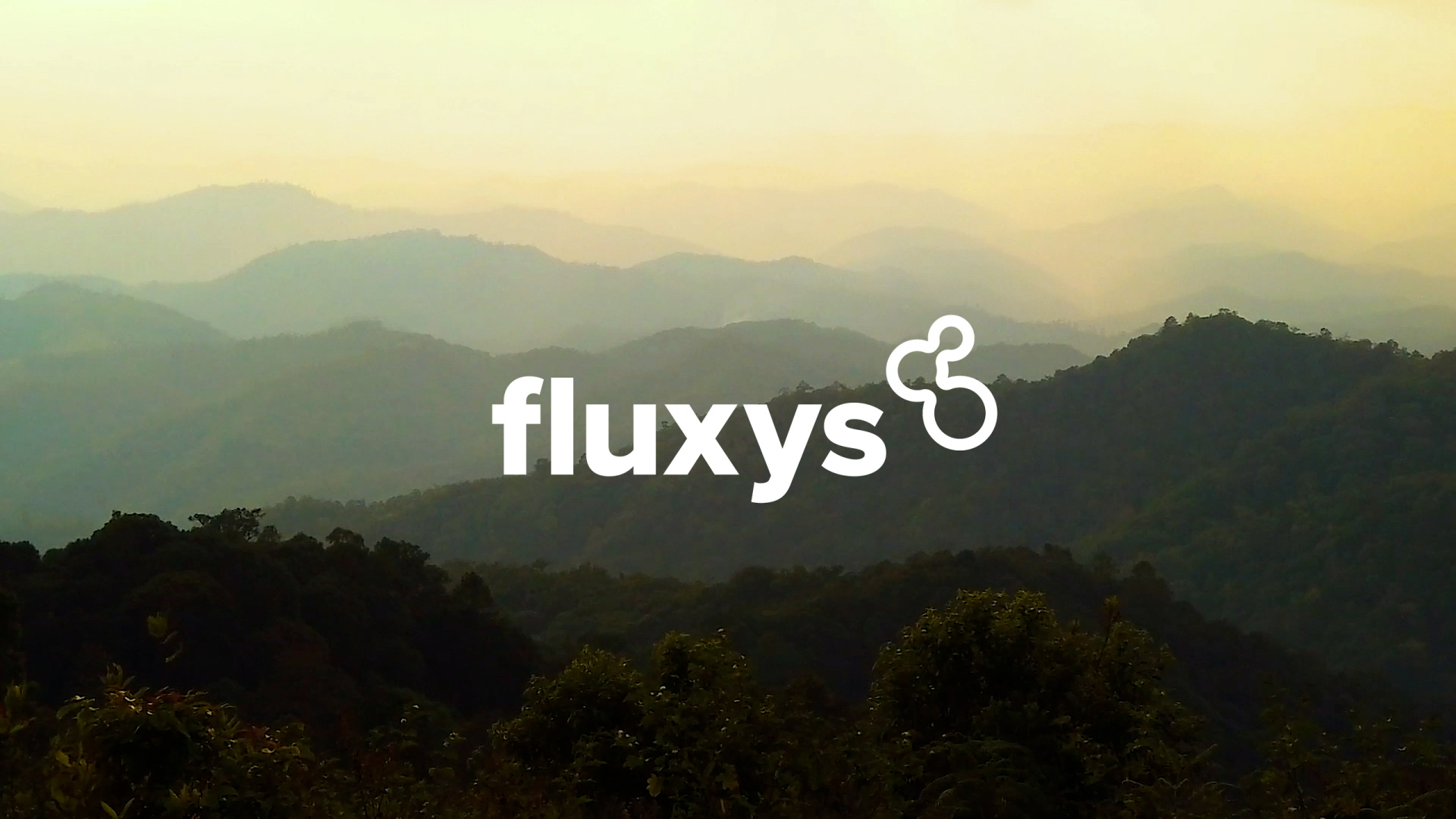

The energy transition is one of the greatest challenges facing humanity. Switching to a sustainable, renewable energy supply requires major efforts. We are making these efforts day in and day out, but we are not alone. We have joined forces with industry and many other partners to strive towards a common goal: a climate-neutral future.
At Fluxys, we are doing this by accelerating the repurposing of our extensive infrastructure to transport low-carbon molecules such as hydrogen to industry, and captured CO₂ from industry. We want to be the key infrastructure partner to help accelerate the energy transition.
The climate challenge is enormous and industry needs solutions so it can keep its activities and employment where they already are.
As an industrial infrastructure group, we have a team of employees who have earned special recognition among the market, partners and our other stakeholders in the energy transition for their foresight and commitment to the transition, as well as their enthusiasm for cooperation."
Pascal De Buck
Managing Director and CEO
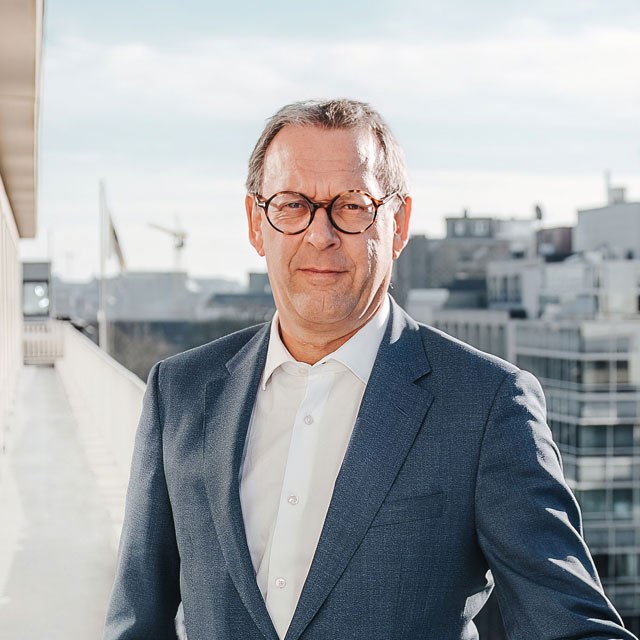
How Fluxys is helping to speed up the energy transition
As a key infrastructure partner, we want to contribute to an efficient, reliable and realistic energy system, with green and low-carbon molecules and with CO₂ capture as a supporting and additional solution. An energy system open to the necessary import and export flows of those molecules to and from regions where we are active. Crucial steps when building an energy system that ensures carbon neutrality, security of supply and affordability.
Each region at its own pace
Thanks to our infrastructure, we are building a bridge to the future. Today, we transmit natural gas which, as a low-emission fossil energy source, offers security of supply in the transition to a carbon-neutral society.
Where the market is ready to make the green transition, Fluxys is also ready. Ready for the transition to a hybrid energy future in which carbon-neutral molecules, renewable electricity and the capture and reuse or storage of CO₂ complement each other optimally.
This energy transition is different in every country and every continent. The approach and pace depend to a large extent on differing factors, including the specific climate, economic and industrial characteristics of each area.
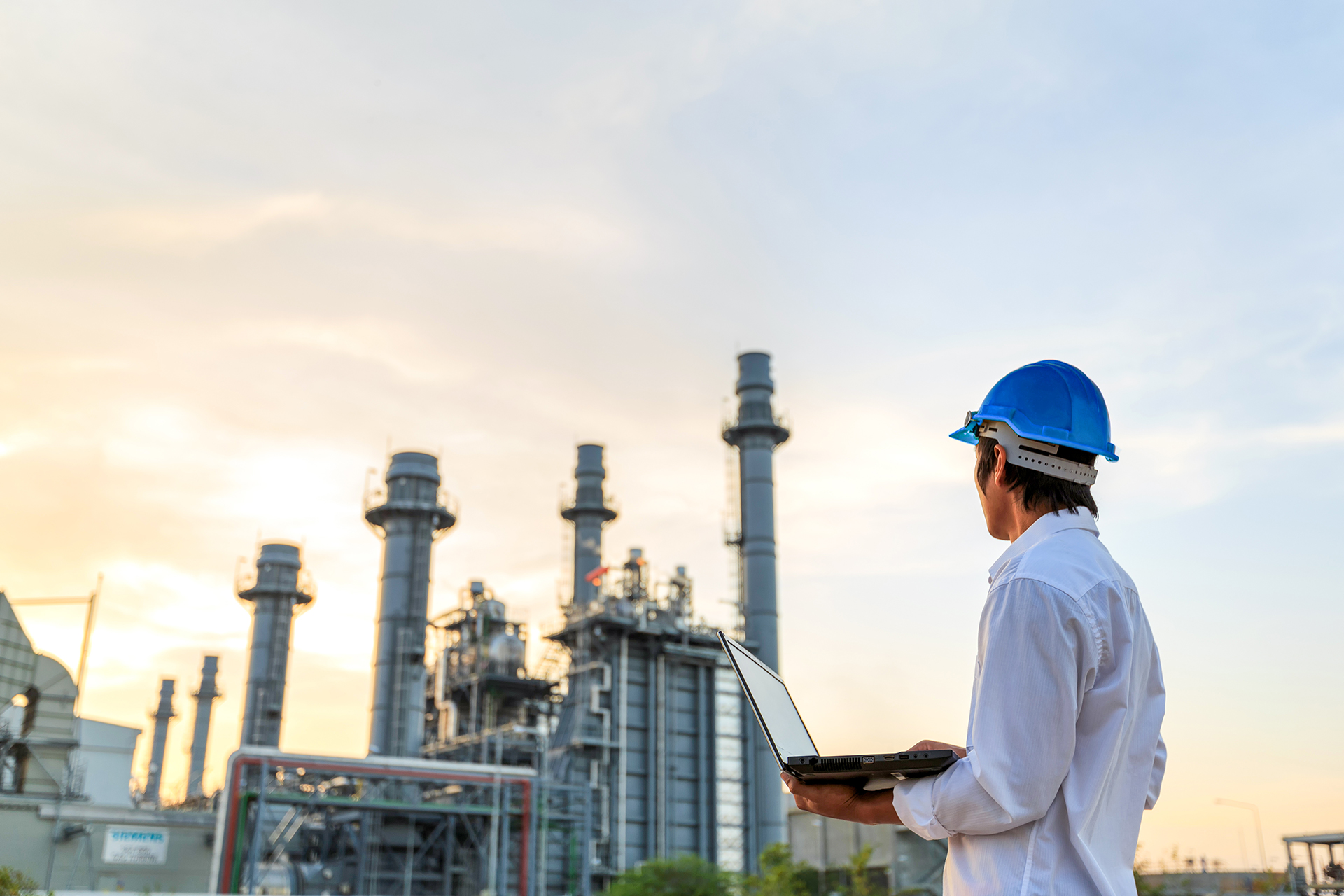
We deliver key solutions for large-scale decarbonisation
The common thread in European energy and climate policy is the need for a combination of solutions to achieve climate neutrality. Energy efficiency must be greatly increased, significantly more electricity is required, which must also be completely green or low-carbon, large quantities of green and low-carbon molecules such as hydrogen and biomethane are also required and it must be possible to capture large quantities of CO₂ for reuse or storage.
With its infrastructure, Fluxys plays a key role in this combination of solutions for the energy transition. We are doing everything we can to further develop our infrastructure and convert it into a multi-molecule system. In doing so, we are preparing the energy system to not only carry natural gas, biomethane and synthetic methane to consumers, but also to ensure the increasing inflow of hydrogen and other green and low-carbon molecules and CO₂. This will enable us to offer consumers powerful tools for large-scale decarbonisation and thus also sustainably safeguard economic activity and employment, among other things.
Which other molecules are we transporting?
In addition to hydrogen and CO2, we can carry other molecules through our pipes.
Biomethane
Biogas is carbon-neutral and is extracted from organic material such as sludge, garden waste, vegetable and fruit waste and animal waste, such as cow manure. If biogas is purified into biomethane, it can be transported without restriction via the existing natural gas networks.
Up to now, biomethane units in Belgium have all been connected to distribution systems. Large facilities can connect to Fluxys' high-pressure network. In 2022, we signed an agreement to connect the Green Logix Biogas facilities in Lommel to our network, with this scheduled to happen in late 2024 or early 2025.
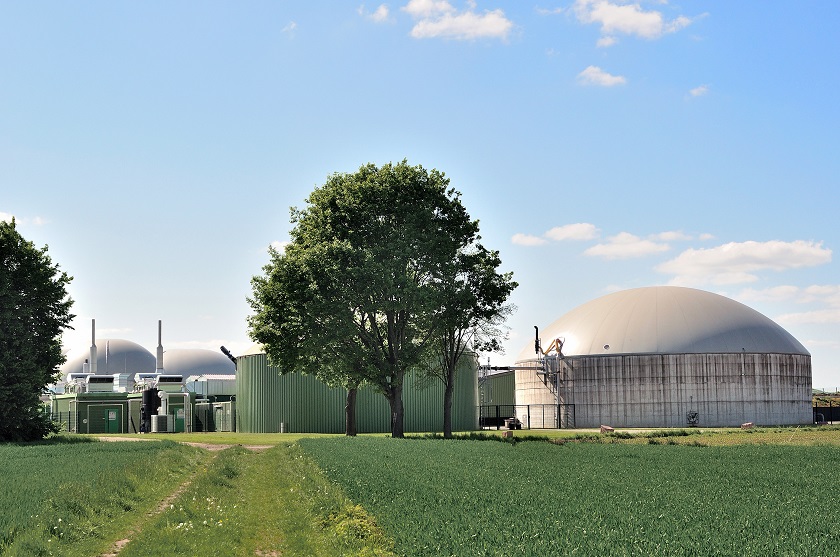
Significant potential
Valbiom was commissioned by the Belgian gas federation gas.be to carry out a study into the potential contribution of locally produced biogas in Belgium, concluding that biogas could cover around one fifth of household gas consumption by 2030.
In addition, biomethane can also be imported from neighbouring countries in the future, using certificates and guarantees of origin. Cross-border exchanges of biomethane should be encouraged by developing an international system of guarantees of origin and sustainability certificates.
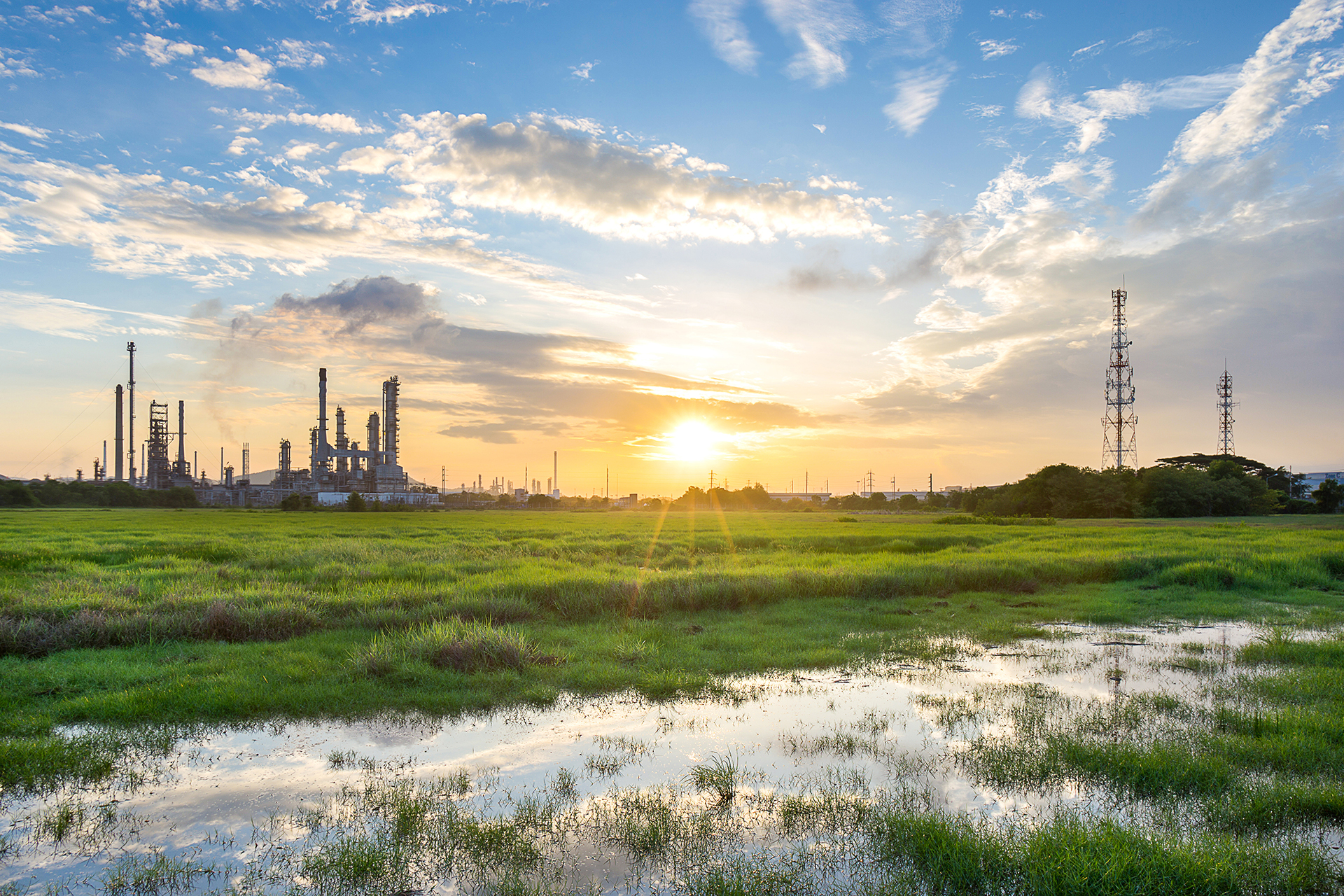
Synthetic methane
Synthetic methane is made by combining green hydrogen with captured carbon. Synthetic methane is carbon-neutral because it reuses captured CO2.
Like biomethane, synthetic methane can be transported without restriction in the existing natural gas networks.
LNG and bio-LNG for heavy goods transport and shipping
Switching to ships and trucks powered by LNG (liquefied natural gas), would help to quickly cut greenhouse gas emissions and limit air pollution, which is why we are also investing in infrastructure and services to open up LNG for these segments.
The advantage of small-scale LNG infrastructure and the fleet of LNG-powered ships and trucks is that no additional investments are needed to switch to carbon-neutral bio-LNG as it becomes available.
LNG truck loading stations
At our LNG terminals in Belgium, France, Greece and Chile, trailers are loaded with LNG to supply LNG-powered ships and filling stations for trucks running on LNG.
Bio-LNG available
Since 2020, the Zeebrugge LNG terminal has been certified as a European approved process plant to make bio-LNG available as a fuel for transport. Switching ships and trucks to bio-LNG can help the sector make the transition to full decarbonisation.
How are we reducing our own climate impact?
Our commitment to systematically reducing our own climate impact is an integral part of our business strategy. In that connection, this commitment is also a core pillar of our Health, Safety and Environment Policy.
In 2018, we launched the Go for Net 0 project with a view to halving the greenhouse gas emissions of our own operations by 2025 compared with 2017 levels. We kicked that ambition up a notch by setting the goal of making our own activities carbon-neutral by 2050.
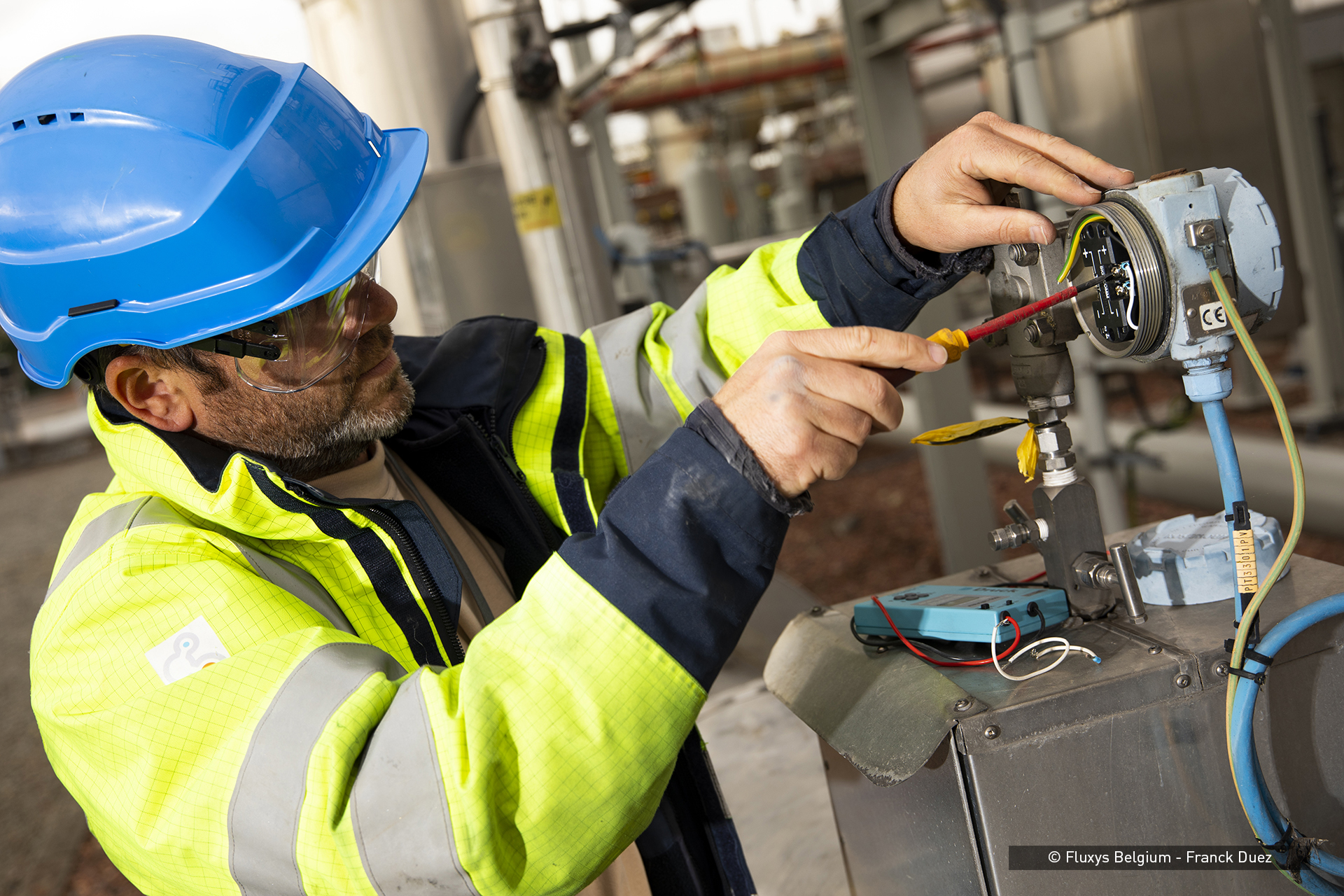
Energy transition: what's next?
We have confidence in the future. With teamwork and partnerships we will achieve our goals and innovation will strengthen our efforts. We fully embrace the energy transition and stand on the shoulders of the best engineers, energy economists and researchers in Belgium.
Joint development of energy sources in the North Sea
We are joining forces with the major gas transmission system operators in Denmark, Germany, France, Ireland, the Netherlands, Norway and the United Kingdom to fully exploit the renewable energy potential of the North Sea.
We rely on our major assets to roll out hydrogen pipeline infrastructure, both onshore and offshore, where appropriate by repurposing existing subsea natural gas pipelines and/or building new pipelines. Depending on specific national aspects and market organisation, this experience can also be useful for developing CO2 transport infrastructure.
A balanced grid of green electricity and green hydrogen from North Sea wind is the way forward for reducing overall grid costs while promoting its robustness. Let's join forces so that not a single gust of wind is wasted in the North Sea.
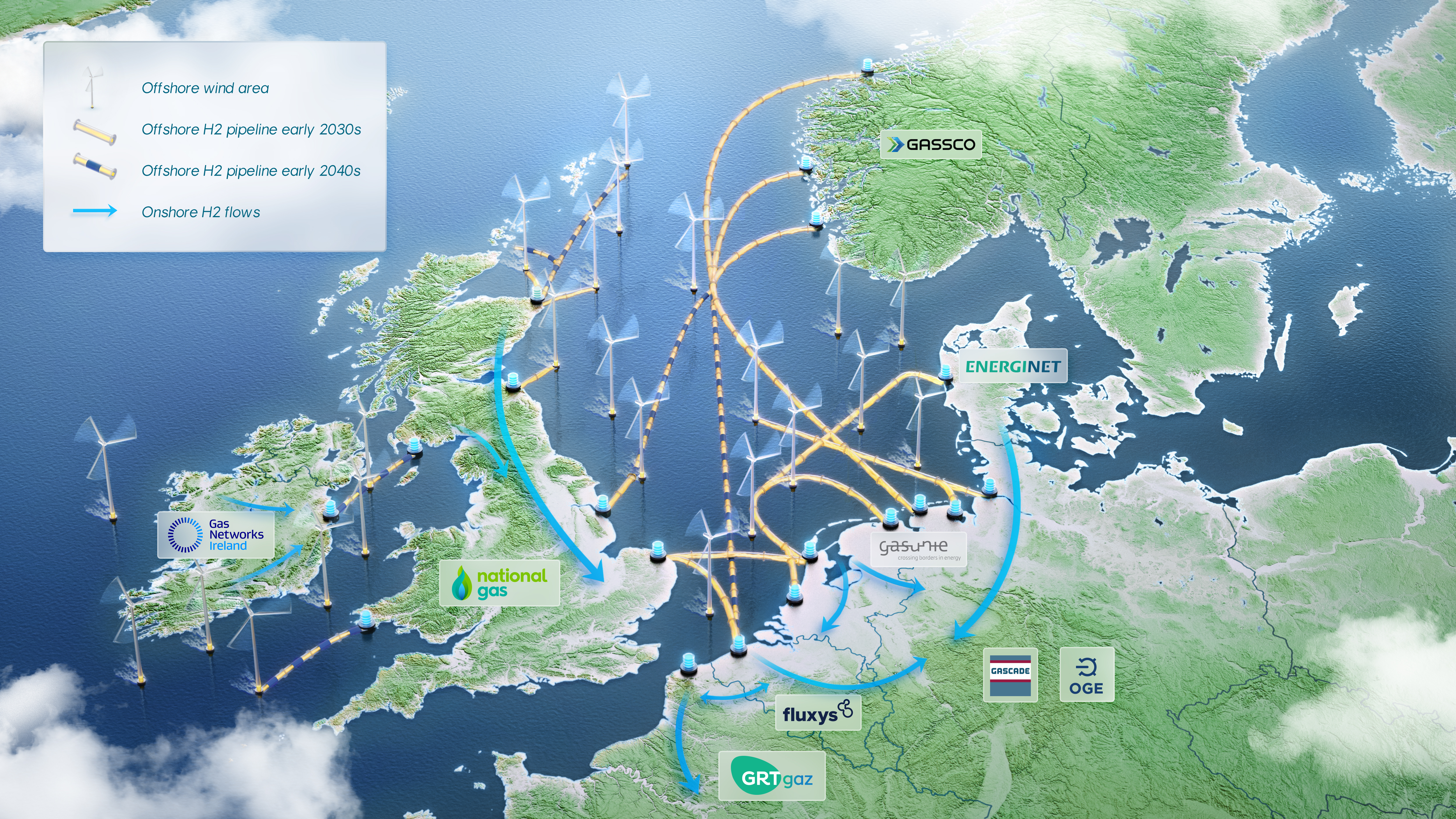
What can we do for your industry?
Are you considering the energy transition and how your company can prepare for the future?
We will be happy to guide you towards the right solution for you.
